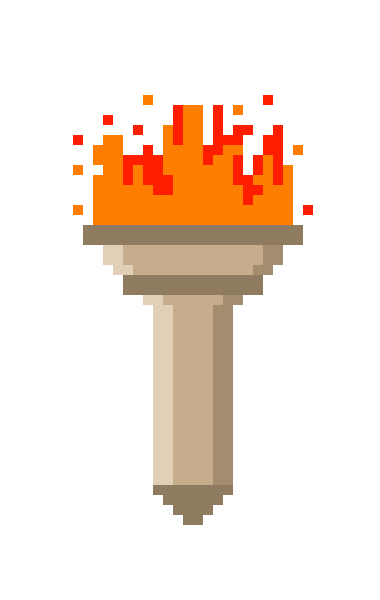Posted on April 19, 2025
Calm Like a Dog: How to Stimulate Your Vagus Nerve to Beat Stress & Anxiety
In today’s fast-paced, over-connected world, stress is the new norm. We’re constantly juggling work, relationships, finances, and even social media feeds that never stop buzzing. As a result, many of us get stuck in a state of mental and physical overdrive—what’s known as the “fight or flight” mode. But what if we could flip a switch inside us, like scratching a dog’s belly, and trigger a deep state of calm? That switch exists. It’s called the vagus nerve.
🧐 What Is the Vagus Nerve?
Your vagus nerve is the 10th cranial nerve—the longest and most wandering nerve in your body. (“Vagus” comes from Latin for “to wander.”) It winds from your brainstem through your neck, chest, and down to your gut, touching nearly every major organ along the way.
Most importantly, it plays a key role in regulating your parasympathetic nervous system — your rest, digest, recover, and heal mode. When your vagus nerve is working well, you can calm down easily after stress. When it’s not, you feel stuck in a constant loop of anxiety, overthinking, and exhaustion.
⚖️ Sympathetic vs. Parasympathetic Nervous System
Think of your autonomic nervous system as having two modes:
- Sympathetic (Fight or Flight) — Gets you moving, helps you react to threats, fuels action.
- Parasympathetic (Rest & Digest) — Brings you back down, supports digestion, sleep, peace.
Ideally, these modes balance each other throughout your day. But with modern stressors (emails, deadlines, alerts, pollution, conflict), many people get stuck in sympathetic overdrive. Even when exhausted, your brain stays alert, anxious, and reactive.
That’s where vagal tone comes in.
💡 What Is Vagal Tone?
Vagal tone refers to how efficiently your vagus nerve activates your parasympathetic nervous system.
- High vagal tone = you recover quickly from stress, can sleep soundly, and stay emotionally balanced.
- Low vagal tone = you stay angry longer, can’t calm down, ruminate, and feel wired but tired.
Your goal? Improve your vagal tone so that you can self-soothe like a pro.
🧠 How to Know If Your Vagus Nerve Is Out of Whack
1. Nasal Cycle Test
Exhale three times through your nose and see which nostril is more open:
- Right nostril dominant = sympathetic (wired)
- Left nostril dominant = parasympathetic (calm)
2. Uvula Selfie Test
Make a soft “haaaa” sound on a selfie video. If your uvula (the thing dangling in your throat) is noticeably off-center, it may indicate vagus nerve imbalance.
3. Emotional Check-In
Close your eyes. Are you ruminating? Anxious? Struggling to let go of stress? That’s a sign of low vagal tone.
🔄 3 Powerful Techniques to Stimulate Your Vagus Nerve
These are strange, science-backed techniques you can do nearly anywhere to activate your parasympathetic nervous system.
ᴹ. Humming Bee Breathing (Bhramari)
Making a low, buzzing hum can massage your vagus nerve as it passes through your throat for 10 rounds. Bonus: it increases nitric oxide in your sinuses, which relaxes blood vessels.
ᴿ. Triangle Breathing with Chin Lock
Use deep, diaphragmatic breathing while tucking your chin to your chest (called Jalandhara Bandha in yoga). This creates internal pressure along your vagus nerve line. Breathe in 4, chin to the chest and hold 4, exhale 4. Repeat 10 rounds.
ᴽ. Gentle Inner Ear Massage
Place your index fingers gently in your ears and do tiny circular massages forward and backward for five times each way for ten rounds. The vagus nerve has a branch in your ear canal (auricular branch). This technique is subtle but effective—and you can even do it while commuting.
📚 Final Thoughts
In a world where mental overload is constant, your ability to self-regulate becomes your superpower. Like the dog that calms instantly with a belly rub, you too can learn to hack your vagus nerve to shift from chaos to calm. These small, strange, but powerful practices can help you become more grounded, more responsive, and more at peace.
If you want to go deeper, check out the work of Stephen Porges (Polyvagal Theory), Deb Dana, and Stanley Rosenberg on vagus nerve health.
Stay calm, stay curious.
Would you like a printable checklist of these vagus nerve stimulation techniques?
source:
https://www.youtube.com/watch?v=2rJvWLN8rtE&list=WL&index=4
Summarized by AI, Not reviewed and verified by a Human.
